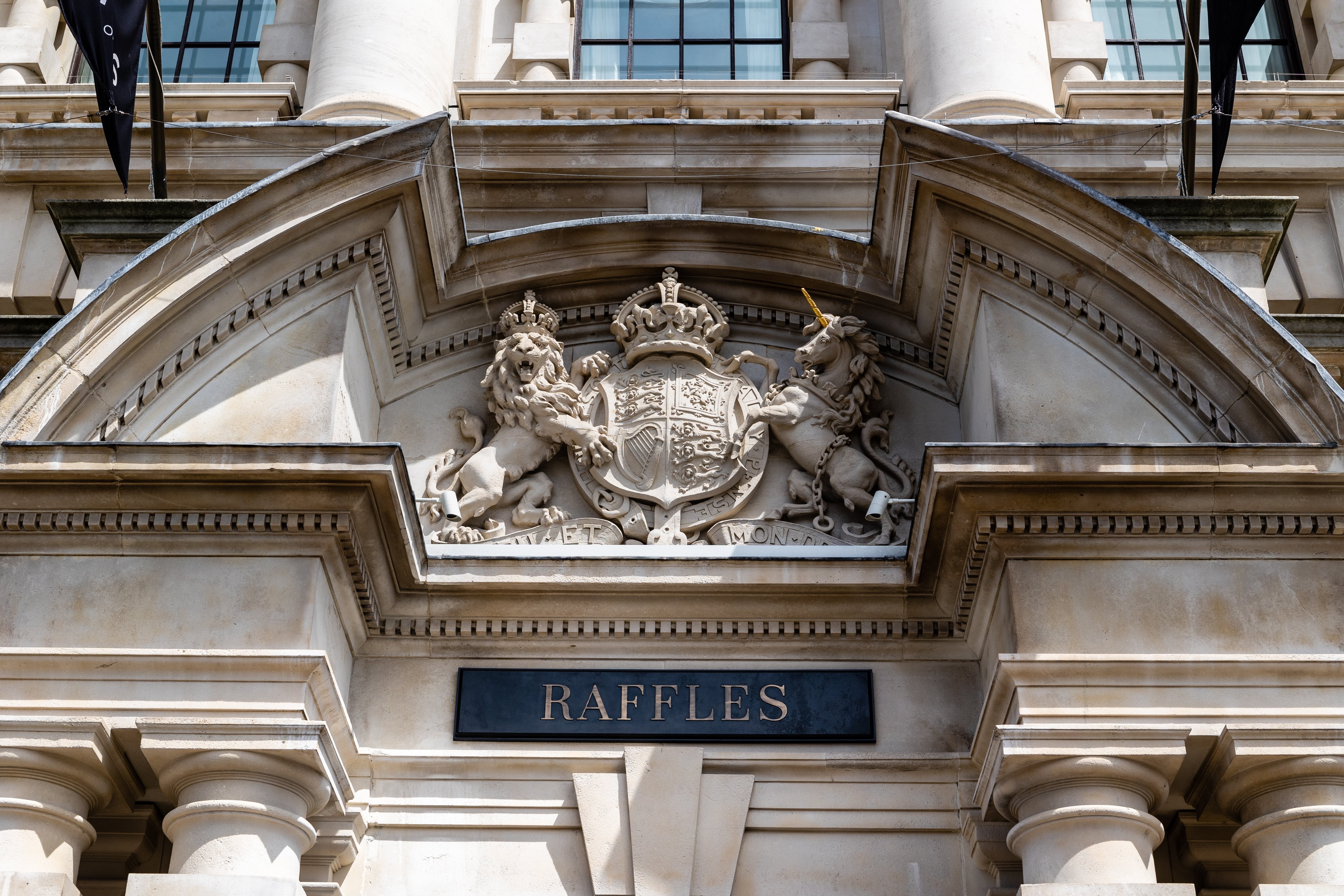Inside Fulham Stadium: A Complete Guide to Craven Cottage
Perched along the bank of the River Thames as it snakes its way around the leafy green neighbourhood of Fulham, Craven Cottage is so much more than just a football ground. It’s been a permanent fixture of the local community since 1896, and is one of the last bastions for old-school charm and family-friendly atmosphere in English football.
A near-permanent presence in top-flight football since the founding of the Premier League 30 years ago, Fulham’s home stadium is steeped in sporting history. Surrounded by elegant residential streets and currently undergoing a dramatic transformation that will secure its place as one of the Premier League’s most impressive grounds, for fans or those just passing through the area, Craven Cottage is a must-visit.

A Historic Riverside Ground
The site of Craven Cottage was originally a royal hunting ground used by the former Queen of England, Anne Boleyn. A hunting lodge was built dating back to 1780, from which the stadium derives its name. After Fulham Football Club was founded in 1879, the venue looked for a site on which to construct a playing pitch and settled on the idyllic, but very overgrown, grounds along the riverside. It took two years of landscaping before the first match was played in 1896, but from then on, the stadium slowly began to emerge into the ground fans recognise today.
The Johnny Haynes Stand is among the most recognisable features of Craven Cottage. Completed in 1905 and designed by famed stadium architect Archibald Leitch, it’s an untouched relic of Edwardian football architecture, with red brickwork and original wooden seating still intact. Though its facilities are dated, the charm of this Grade II-listed structure remains undeniable. Despite the romanticism, Craven Cottage has had its fair share of challenges from the ageing stadium infrastructure.
Also Read: Mini Golf in South West London
Modern Redevelopment
In the early 2000s, safety improvements were carried out. When the club returned, it marked a renewed effort to invest in the long-term future while respecting its roots. Today, Craven Cottage is close to completing a major redevelopment centred on the Riverside Stand, which will increase the stadium’s capacity from just over 19,000 to around 29,000. The project has been a bold statement from the club’s owners, the Khan family, who are looking to modernise without compromising on both the look and traditional appeal of the club’s ground.
Although already partially open to fans in limited numbers for matchdays, once complete, the new Riverside Stand will offer sweeping views of the Thames from its rooftop walkway and a host of new hospitality options. For fans, this means a new standard of match-day comfort, and despite delays, the club has stuck to its promise of making the ground not only fit for elite-level football but also a permanent fixture for the neighbourhood, with plans for restaurants, community spaces, and public access to the riverwalk.
Also Read: Why Is Wimbledon Famous
The Friendliest Match-Day Atmosphere
There are few stadiums in London, or anywhere for that matter, that offer the same sense of intimacy and good-natured atmosphere as Craven Cottage. The walk to the ground sets the tone – charming, relaxed and buoyed by the riverside setting. Fulham fans are no less passionate about their club, but the focus on match days is largely family-oriented. Pubs like The Crabtree and The Eight Bells are firm hangouts among the Fulham faithful, offering pre- and post-match drinks within walking distance of the stadium, and a friendly atmosphere that’s welcoming to even opposition fans.
The atmosphere within the ground is rarely raucous. Even the most contested fixtures, such as the local derby matches with neighbouring Chelsea and Brentford, aren’t enough to ruin a century-long tradition of friendly competition. The Hammersmith End houses the most vocal supporters, while the Putney End typically welcomes away fans, leaving families and neutrals to favour the Johnny Haynes Stand, as well as newly opened areas of the Riverside Stand.
Also Read: Best Golf Courses in Spain
Ticketing and Hospitality
Craven Cottage offers a range of ticketing options, with general admission for Premier League matches typically ranging from £30 to £70, depending on the opponent and seat location, as derby matches will be much higher in demand. Given the ground’s relatively small size, tickets can be scarce for high-profile fixtures, even with advanced booking, although hospitality tickets are still accessible for most matches throughout the season.
Whilst the club also offers a tiered membership system for fans, giving early access to tickets and occasional promotional prices, non-members will need to take advantage of hospitality tickets and cup competition public sales to enjoy a game. Season tickets remain in high demand, with waiting lists a permanent fixture as a result of the smaller ground capacity, but it’s still possible to attend matches at Fulham for those who can commit to planning their trip to the ground accordingly.
Also Read: Notting Hill Tennis Club
Exploring Fulham Outside the Ground
Getting to Craven Cottage is relatively straightforward. The nearest tube station is Putney Bridge, which is serviced by the District Line, about a 10-minute walk through Bishop’s Park. Alternatively, Putney and Hammersmith Station are also viable options, though they require a slightly longer walk, as does walking from Imperial Wharf’s London Overground stop. But opting for the walk is the best way of appreciating the surrounding neighbourhood of Fulham itself. Quiet, leafy, and upmarket, it offers a different match-day experience to more urbanised stadiums elsewhere in London.
Fulham is rich in riverside pubs and cafés, many with outdoor seating in the summer months. The Thames Path provides scenic walks either towards Hammersmith or Putney Bridge. Local landmarks include Fulham Palace, a historic bishop’s residence now open as a museum to the public, whilst football romantics might also enjoy a short trip to visit Brentford’s Gtech Community Stadium or Chelsea’s Stamford Bridge, offering a snapshot of West London’s thriving football culture.



